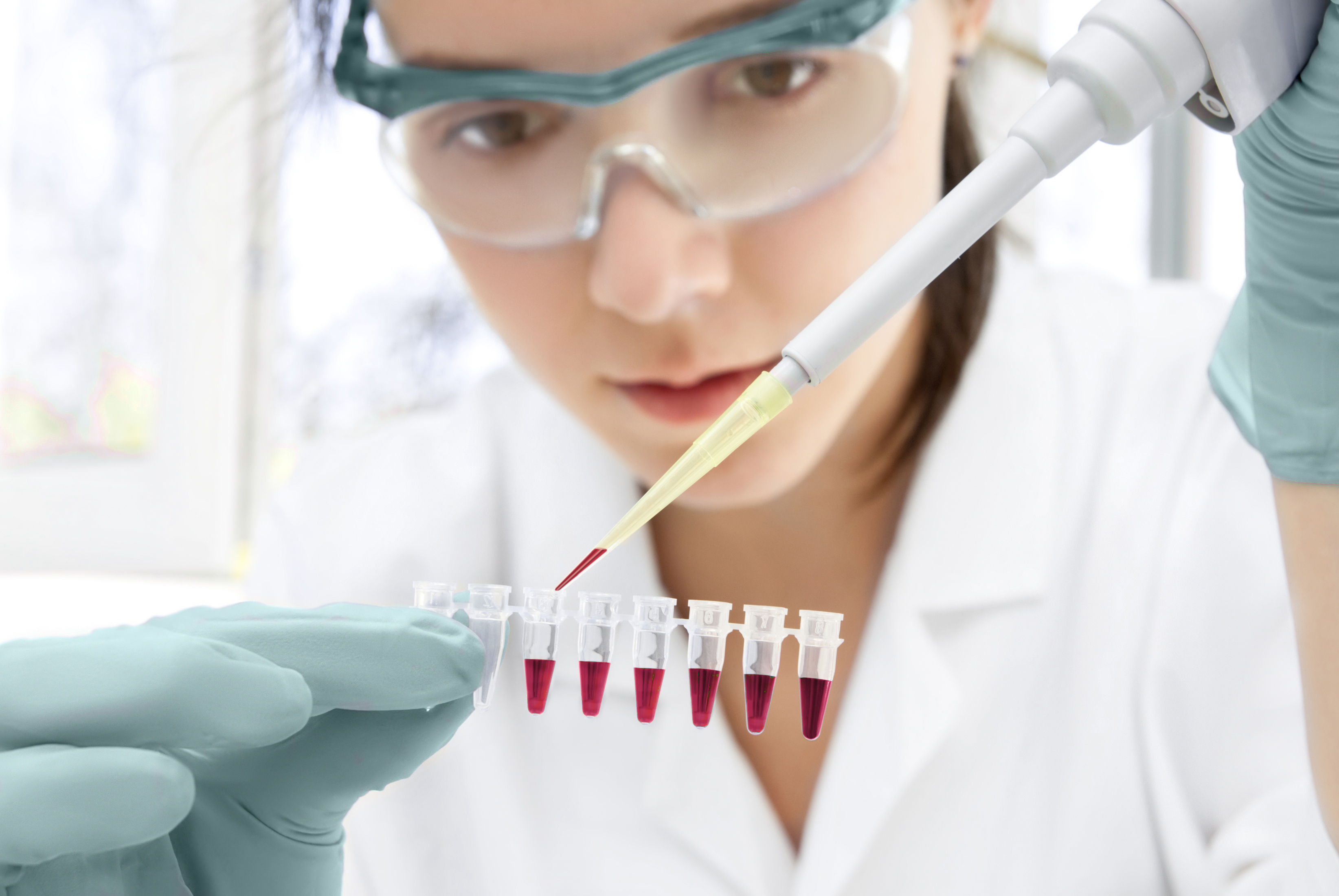Cutaneous Lupus Erythematosus Patients May Benefit from JAK1 Inhibitors

Inhibiting a branch of the JAK/STAT signaling pathway may be an effective therapy against cutaneous lupus erythematosus (CLE), according to a recent report.
The study, “JAK3 as an Emerging Target for Topical Treatment of Inflammatory Skin Diseases,” was recently published in PLOS One.
A crucial harmful pathway in inflammatory skin diseases, including CLE, is the JAK/STAT signaling pathway. The components of the JAK/STAT pathway transmit information from extracellular signals to the cell nucleus, which activates specific genes. Because the pathway contains different members that are selectively activated by different receptors, the pathway has distinct roles in living organisms. In mammals, the JAK/STAT family consists of four JAK members (JAK1, JAK2, JAK3 and TYK2), and seven STAT members (STAT1, STAT2, STAT3, STAT4, STAT5a, STAT5b, STAT6).
The discovery of the role of JAK/STAT in inflammatory skin diseases opened opportunities for novel treatments and promoted the development of drugs that block JAK activation. A particular feature of JAK proteins (the catalytic domain) makes them an easier pharmacological target relative to STATs. Molecules that aim to stop JAK, called JAK inhibitors are small enough to easily penetrate the epidermal barrier and can be used in topical formulations.
Tofacitinib, a pan-JAK inhibitor with predominant anti-JAK3 effect, was shown to benefit psoriasis, an autoimmune disease characterized by patches of abnormal skin. Also, Ruxolitinib, a JAK1/2 inhibitor used to treat hematological diseases, showed positive results in mild to moderate psoriasis.
But JAK involvement still required further studies. For the recent study, the team of researchers analyzed the cutaneous (skin) JAK/STAT expression in six prevalent inflammatory skin diseases: CLE, psoriasis, lichen planus (LP), atopic dermatitis (AD), alopecia areata (AA), and pyoderma gangrenosum (PG).
Researchers found that JAK1, JAK2, and JAK3 were significantly over-expressed in PG and AD. Psoriasis and LP showed only JAK1 and JAK3 upregulation. Both AA and CLE were characterized by a single dermal JAK signal, pJAK3 and pJAK1, respectively.
The results indicated that CLE treatment may require a targeted approach with JAK1 inhibitors.
“These results point to the important contribution of the JAK/STAT pathway in several ISDs (inflammatory skin diseases),” the team concluded. But, while pan-JAK inhibitors seem the most appropriate approach in PG and AD, further studies are required to test the effectiveness of JAK1 inhibitors as a potential therapeutic against CLE.






